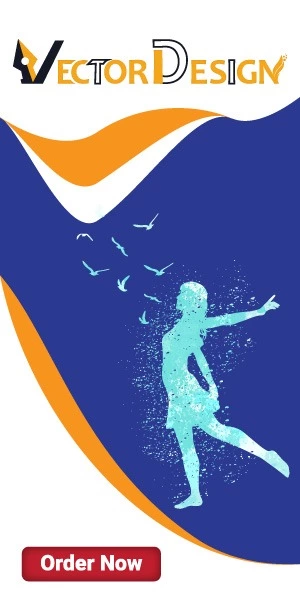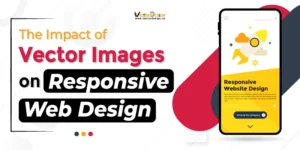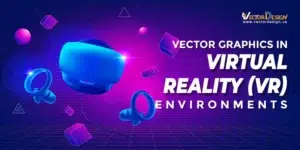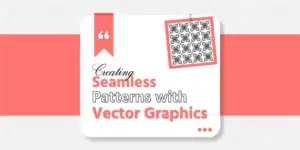Graphic designers use typography, images, colors, and layouts to create attractive designs. They work with print media and digital interfaces. But, vector art is a type of graphic design that uses scalable vector graphics. You can resize these graphics without losing clarity or quality. Vector art focuses on illustrations.
This guide explains graphic design and vector art. It shows how they are different and how they are related. It helps them choose the right career path.
What is Graphic Design?

Graphic design is a multifaceted discipline that encompasses the creation and arrangement of visual elements to communicate messages and convey ideas. It creates visuals to express messages and ideas. People use it in print and digital media. It affects how we understand and engage with information.
Key Responsibilities and Skills of a Graphic Designer

Graphic designers have a wide range of skills. They use these skills to turn ideas into visual creations. Their duties include:
Conceptualizing and Visualizing: Graphic designers with skill transform abstract ideas into visual representations. They imagine concepts and use design elements to bring them to life.
Typography and Layout Design: Arranging typography and layouts is fundamental in graphic design. It creates harmonious compositions. You need to choose the right typography and arrange the layout well. It also makes reading easy.
Image Editing and Manipulation: Graphic designers work with images. They improve photos, make illustrations, and edit visuals. You need to know how to use image editing software to create the visual effects you want.
Branding and Identity Design: Graphic designers make logos, color palettes, and visual guidelines. This helps create a consistent look across different points of contact.
Role of Graphic Design in Branding, Marketing, and Communication
Graphic design tells stories. It helps businesses and organizations communicate with their audience. Some important areas where graphic design is important are:
Branding: Graphic design helps create brand identities. It sets companies apart from competitors. Designers create different types of logos, packaging, and marketing materials.
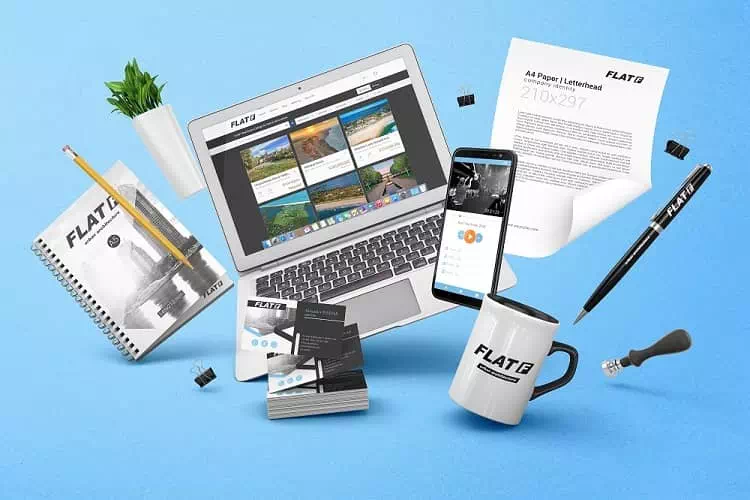
Marketing Collateral: Graphic design ensures that marketing materials are compelling. It also ensures that they communicate the desired message. Brochures, flyers, social media graphics, and online advertisements use it.
UX Design: Designers collaborate with UX designers. They work together to create intuitive interfaces that enhance user experiences. The appearance, navigation, and aesthetics enhance the appeal of a digital experience.
Communication Design: This is integral to conveying information. They do this through infographics, data visualization, and instructional materials.
Exploring Vector Art

Vector art refers to the creation of digital illustrations using vector graphics. Raster graphics, like JPEG or PNG files, use pixels. In contrast, vector graphics consist of defined geometric shapes. We know these shapes as vectors. Mathematical equations create them.
Unique Qualities of Vector Graphics and Their Applications
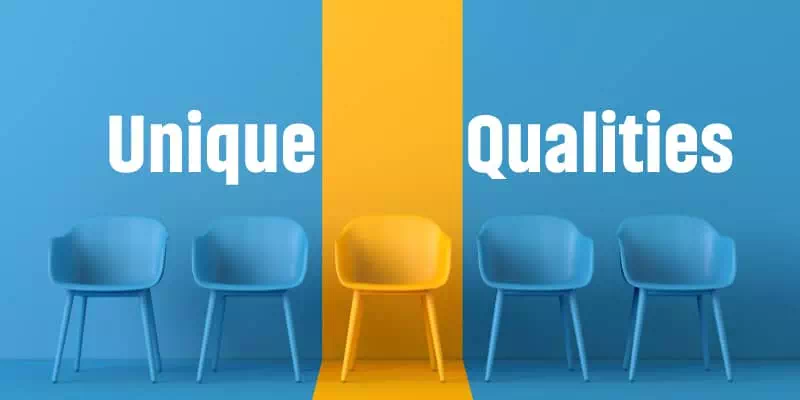
Vector graphics have specific characteristics. They set vector graphics apart from other types of digital art.
Scalability: You can scale vector graphics up or down without sacrificing quality. Designers can use them for resizing designs. They are often used for illustrations in print and digital media.
Editability: You can alter, rearrange, or color it without affecting the quality. People consider this versatility useful for emphasizing and customization.
Resolution Independence: Raster graphics depend on resolution. In contrast, vector graphics can be output at any resolution. This makes them suitable for different outputs. They can be small icons or large banners or billboards.
File Size Efficiency: Vector graphics are usually smaller than raster images. It makes vector art files easy to share, store, and transfer.
Overview of Vector Art Tools and Software
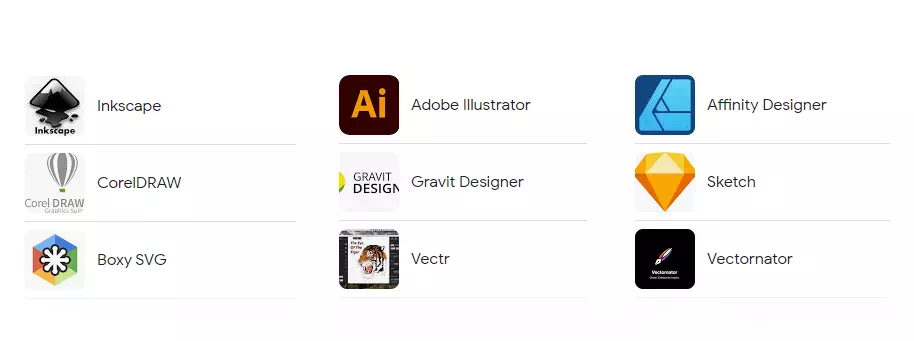
You can use software tools to make vector art. Some popular ones are Adobe Illustrator, CorelDRAW, and Affinity Designer. These software tools have features for working with vector graphics.
Skills and Expertise: Graphic Designer

Design Principles and Composition
- You need to know about elements like balance, contrast, proportion, and hierarchy.
- They use color theory and color psychology to express messages and feelings.
- Design projects can include storytelling and visual narratives.
Typography and Layout Design
- Choosing the right typefaces and fonts for different situations and goals.
- Creating appealing and readable typographic compositions.
- Skillful arrangement of text, images, and other design elements within a layout.
Image Editing and Manipulation
- You need skill in image editing software. For example, Adobe Photoshop, GIMP, or Corel PaintShop Pro.
- Enhancing and retouching images to achieve desired visual effects.
- Understanding image file formats and optimizing images for various mediums.
Print Design and Production
- Designing for print materials like brochures, posters, business cards, and packaging.
- You need to learn about print production. This includes managing colors and meeting prepress requirements.
- Collaboration with printers and understanding printing techniques and limitations.
UI and UX Design
- Designing intuitive and interfaces for websites, mobile apps, and software.
- Applying UX principles to optimize usability and user satisfaction.
- The designer collaborates with developers to ensure the design can be built.
Skills and Expertise: Vector Artist

Mastery of Vector Illustration Techniques
- Skill in creating complex and detailed illustrations using vector graphics.
- Skillful use of vector tools and techniques to bring ideas to life.
- You can make attractive designs by using vector elements.
Creating Scalable and Editable Vector Graphics
- The ability to create artwork that maintains quality and resolution when scaled.
- Ensuring that vector graphics keep their clarity and crispness at different sizes.
- You need to know which file formats support vector graphics. These include SVG, AI, and EPS.
Working with Anchor Points, Paths, and Curves
- Skillful manipulation of anchor points to create precise shapes and curves.
- It is important to understand the Bezier curve tool. Users use this tool to create smooth vector paths.
- You can change how lines look. This will make vector graphics more attractive.
Color Theory and Application in Vector Art
- Skillful use of color gradients, shading, and blending techniques in vector artwork.
- Applying color theory principles to evoke specific moods and emotions.
- You must know about color management and color profiles.
Illustrative Storytelling through Vector Graphics
- You can use vector illustrations to convey narratives, concepts, and ideas.
- Using visual elements to communicate complex information and concepts.
- To enhance storytelling in vector art, use composition. Also, use visual metaphors and symbolism.
Comparison Chart At A Glance: Graphic Designer vs Vector Artist
| Skills/Expertise | Graphic Designer | Vector Artist |
| Design Principles | Proficient | Proficient |
| Typography | Proficient | Basic to Proficient |
| Layout Design | Proficient | Basic to Proficient |
| Image Editing | Proficient | Basic |
| Illustration Skills | Basic to Proficient | Proficient |
| Vector Graphics | Basic | Proficient |
| Color Theory | Proficient | Proficient |
| Branding and Identity | Proficient | Basic to Proficient |
| Print Design | Proficient | Basic to Proficient |
| UI/UX Design | Basic to Proficient | Basic |
| Software Proficiency | Adobe Creative Suite, CorelDRAW, Inkscape, etc. | Adobe Illustrator, others |
| Communication Skills | Proficient | Basic to Proficient |
Job Roles and Industries for Graphic Designers

Graphic designers have a wide range of job roles and industries to explore. Some common job roles include:
Graphic Designer: They work in design agencies, marketing departments, or as freelancers. And, they create visual materials for print, digital, and social media.
Brand Identity Designer: They create and handle visual identities for brands. It includes logos, colors, and brand guidelines.
Web Designer: Designing appealing and interfaces for websites and web applications.
Packaging Designer: A packaging designer creates appealing designs for product packaging. They work in industries such as food, cosmetics, and consumer goods.
Job Roles and Industries for Vector Artists

Vector artists own specialized skills in creating artwork using vector graphics. Here are some potential job roles:
Illustrator: Creating vector illustrations for books, magazines, advertisements, and digital media.
Character Designer: New characters for cartoons, video games, and digital media projects.
Icon Designer: Creating icons and symbols used in user interfaces, apps, and websites.
Vector Graphic Designer: Specializing in designing vector-based visuals.
How To Choose the Right Path: Graphic Design vs Vector Art

Professionals in the design industry use graphic design and vector art in their work. Before you decide on a career, let’s go over some important information.
Identify your interests
Do you like graphic design or vector art? Graphic design is about visual communication. Vector art is about creating artwork with vector graphics.
Check your strengths
Think about your design skills. Also, consider illustration techniques. Also, consider typography. And think about software skills. Decide which area matches your strengths and expertise better.
Consider your preferred work style
Think about the projects you like to work on. Do you like creating brand identities, print designs, and layouts? Or do you like illustrating characters, icons, and vector-based illustrations?
Career Goals
Decide on your career goals for the future and what you want to achieve. Find out about the industries and jobs that match your interests. Choose the one that gives you the best chance to reach those goals.
Growth potential
Find out how much each field can grow. Also, think about how much you can advance your career and specialize in each field.
Formal education
Research educational programs. Look for design schools or universities. They should offer courses or degrees in graphic design or digital illustration. Check the curriculum and learning outcomes. Determine which field aligns better with your interests.
Online courses and tutorials
Search online for platforms that offer courses and tutorials in graphic design. Also, look for platforms that offer tutorials in vector art. Think about signing up for programs that provide thorough training. These programs will help you develop skills that are relevant to your chosen path.
Final Thoughts- Graphic Designer vs Vector Artist

No doubt, graphic design and vector art are distinct parts of visual plan. Graphic design is a broad field. It includes layout design, typography, image editing, and user interface design. Vector art focuses on anchor points and paths. It also emphasizes the ability to grow, accuracy, and making art with vector graphics.
Value the qualities of each discipline. Use your abilities and interests to succeed in your chosen way. Both options open doors for imagination. They also support professional growth.


